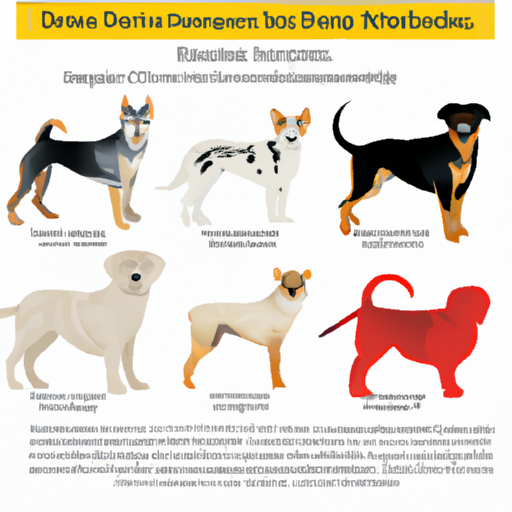As a caregiver, understanding the potential risks and behaviors of different dog breeds is crucial for the safety of those in your care. While most dog breeds are friendly and harmless, some have been statistically linked to more fatal attacks on humans. This, however, does not inherently make these breeds dangerous. It’s important to understand that a dog’s behavior is largely influenced by their upbringing and treatment.
Understanding Dog Attacks
Dog attacks can be a frightening topic, especially if you have vulnerable individuals under your care. However, it’s important to note that most dogs are not aggressive and pose no threat to humans.
- Reasons for Dog Attacks: Dogs might attack due to fear, to protect their territory or because they feel threatened. It’s critical to understand and respect a dog’s space and signals.
- Prevention of Dog Attacks: Training, socialization, and proper care can significantly reduce the chances of a dog becoming aggressive.
Dog Breeds Linked to Fatal Attacks
While no breed is inherently dangerous, certain breeds have been involved in more fatal attacks on humans than others. However, remember that these statistics are not a reflection of a breed’s temperament, but rather a combination of factors like popularity of the breed, improper training, and negligence.
Here’s a table outlining the breeds linked to most deaths:
| Dog Breed | Number of Deaths |
|---|---|
| Pit Bull | 284 |
| Rottweiler | 45 |
| German Shepherd | 20 |
| Mixed Breed | 17 |
| American Bulldog | 15 |
| Mastiff/Bullmastiff | 14 |
Breaking Down the Breeds
Let’s delve into the details of these breeds:
Pit Bull
Despite their reputation, pit bulls are not inherently aggressive. They were originally bred for bull-baiting, a blood sport where dogs were used to bait and hold onto bulls. This might explain their high pain threshold and determination, traits that could make them seem aggressive if not properly trained and socialized.
Rottweiler
Rottweilers are powerful dogs, originally bred to drive cattle and pull carts. They are protective by nature and if not socialized well, can be dangerous. However, with proper training and early socialization, they can be great family pets.
German Shepherd
German Shepherds are often used in police and military roles due to their intelligence and trainability. However, they are protective and if not properly socialized, they can be overly protective and aggressive.
Mitigating the Risk
Now that we’ve seen the breeds linked to most fatalities, here are some strategies to mitigate the risk:
- Proper Training: Ensuring your dog is well-trained is crucial. This includes basic obedience as well as understanding and responding to human emotions.
- Socialization: Exposing your dog to different environments, people, and other animals can help them become more comfortable in various situations.
- Regular Exercise: Regular exercise can help manage a dog’s energy levels and keep them calm.
- Routine Veterinary Care: Regular check-ups can help identify health issues that may contribute to aggressive behavior.
FAQ
1. Are certain dog breeds naturally aggressive?
No, aggression is not a breed-specific trait. It’s more about the individual dog’s training, socialization, and treatment.
2. What should I do if an unknown dog approaches me?
Avoid direct eye contact, stand still, and allow the dog to sniff you. If the dog becomes aggressive, try to put something between you and the dog.
3. How can I help a dog feel less threatened?
Avoid staring, respect their space, and approach them calmly and confidently. Let them approach you first, especially if they seem nervous.
4. Is it safe to have a “dangerous” breed around children or the elderly?
Any dog, regardless of breed, can be safe around children or the elderly with proper training and supervision.
5. Can an old dog with aggressive tendencies be trained to be less aggressive?
While training an older dog can be challenging, it’s not impossible. With patience, consistency, and professional help if needed, you can train an old dog to be less aggressive.
In conclusion, it’s crucial to remember that the dog breeds listed above are not inherently dangerous or aggressive. It’s their upbringing, training, and treatment that largely influences their behavior. As a caregiver, your understanding, patience, and love can help ensure the safety and happiness of both the dog and those under your care.



